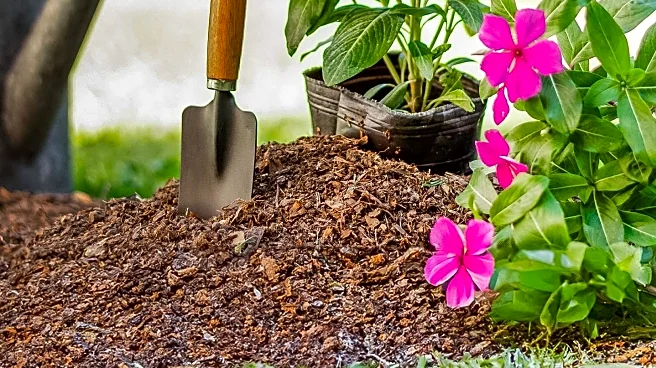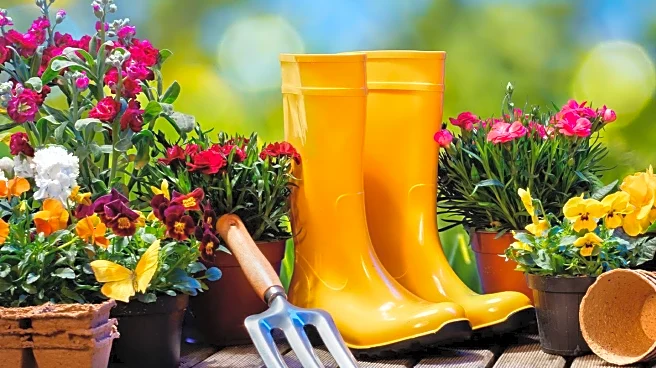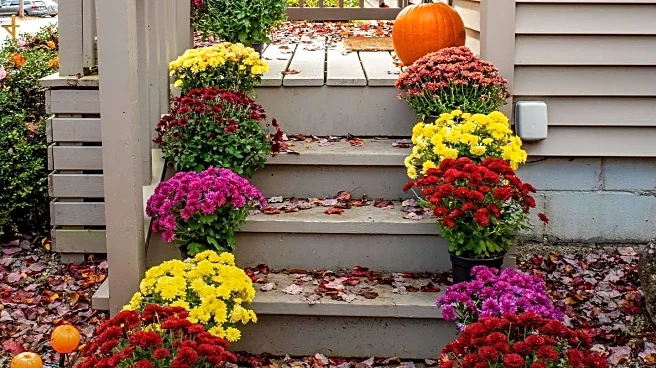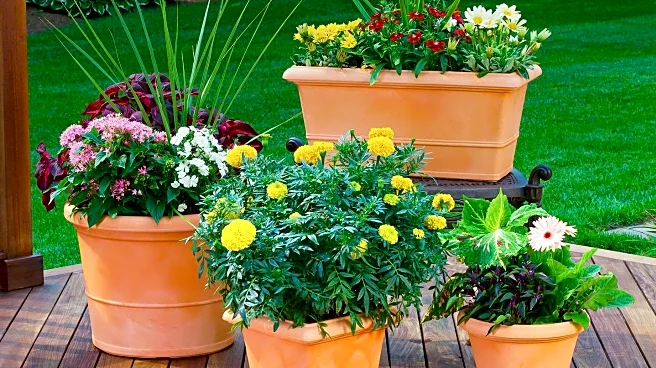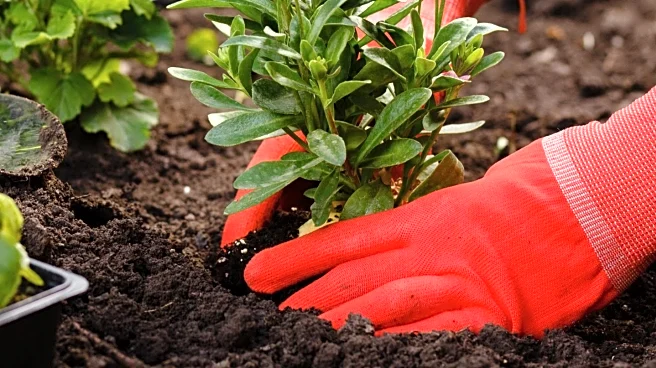What is the story about?
What's Happening?
Fall is considered an ideal time for planting perennials, according to gardening experts. The period from late summer to mid-fall, particularly from Labor Day to the end of October, offers favorable conditions for root growth due to cooler temperatures and increased rainfall. This season allows plants to establish themselves before facing the harsh summer conditions. The soil remains consistently damp, which is beneficial for root development. However, gardeners are advised to complete planting by the end of October to ensure plants have at least six weeks to root before the ground freezes. This timing helps plants endure their first summer more robustly. Additionally, fall planting is less stressful for plants due to shorter days and less intense sunlight, reducing transplant shock.
Why It's Important?
The timing of planting can significantly impact the survival and growth of perennials. By planting in the fall, gardeners can take advantage of natural conditions that promote healthier and more resilient plants. This practice can lead to better garden outcomes and reduce the need for additional watering and care during the summer. Moreover, fall planting can be more economical as many plants go on sale during this period. The approach also aligns with sustainable gardening practices by optimizing natural resources and reducing water usage. This method benefits both amateur and professional gardeners by enhancing plant longevity and garden aesthetics.
AI Generated Content
Do you find this article useful?
